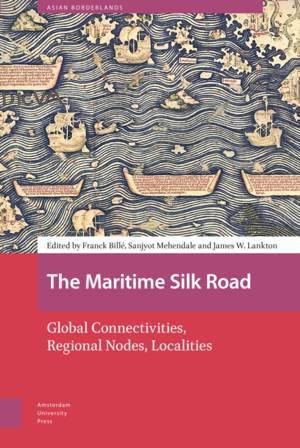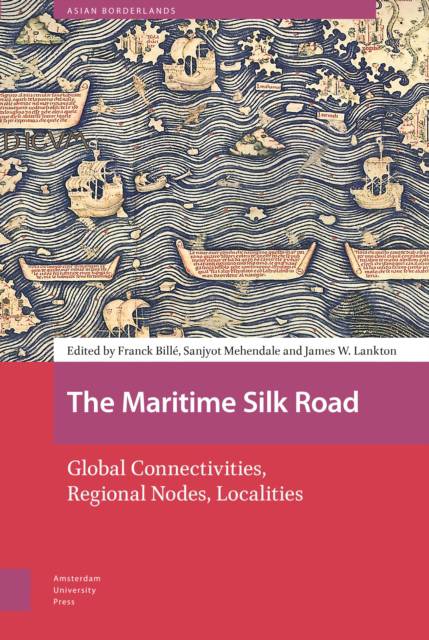
- Afhalen na 1 uur in een winkel met voorraad
- Gratis thuislevering in België vanaf € 30
- Ruim aanbod met 7 miljoen producten
- Afhalen na 1 uur in een winkel met voorraad
- Gratis thuislevering in België vanaf € 30
- Ruim aanbod met 7 miljoen producten
Zoeken
The Maritime Silk Road
Global Connectivities, Regional Nodes, Localities
€ 162,45
+ 324 punten
Omschrijving
The Maritime Silk Road foregrounds the numerous networks that have been woven across oceanic geographies, tying world regions together often far more extensively than land-based routes. On the strength of the new data which has emerged in the last two decades in the form of archaeological findings, as well as new techniques such as GIS modelling, the authors collectively demonstrate the existence of a very early global maritime trade. From architecture to cuisine, and language to clothing, evidence points to early connections both within Asia and between Asia and other continents--well before European explorations of the Global South. The human stories presented here offer insights into both the extent and limits of this global exchange, showing how goods and people travelled vast distances, how they were embedded in regional networks, and how local cultures were shaped as a result.
Specificaties
Betrokkenen
- Uitgeverij:
Inhoud
- Aantal bladzijden:
- 284
- Taal:
- Engels
- Reeks:
Eigenschappen
- Productcode (EAN):
- 9789463722247
- Verschijningsdatum:
- 1/10/2022
- Uitvoering:
- Hardcover
- Formaat:
- Genaaid
- Afmetingen:
- 156 mm x 236 mm
- Gewicht:
- 938 g

Alleen bij Standaard Boekhandel
+ 324 punten op je klantenkaart van Standaard Boekhandel
Beoordelingen
We publiceren alleen reviews die voldoen aan de voorwaarden voor reviews. Bekijk onze voorwaarden voor reviews.










